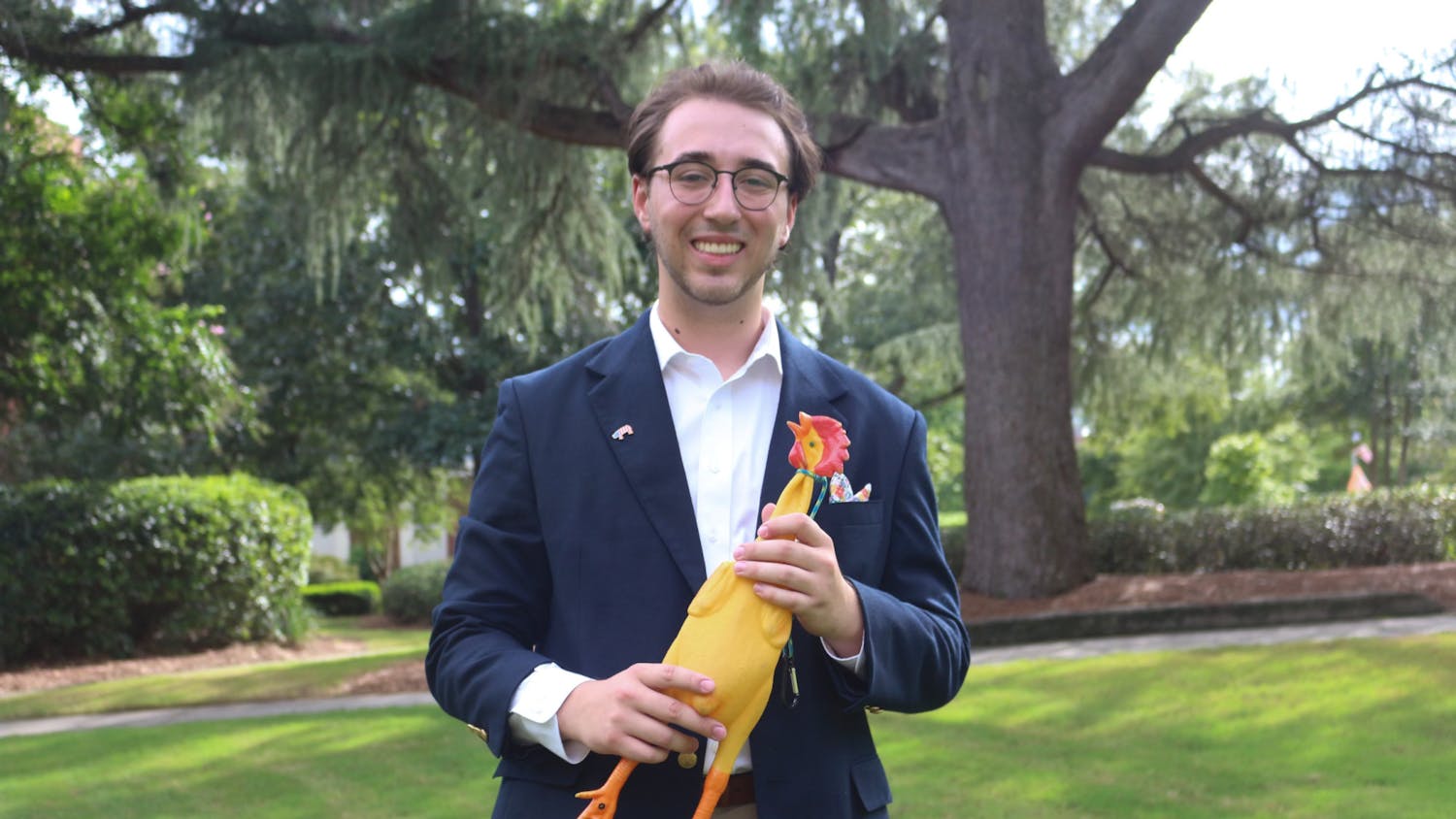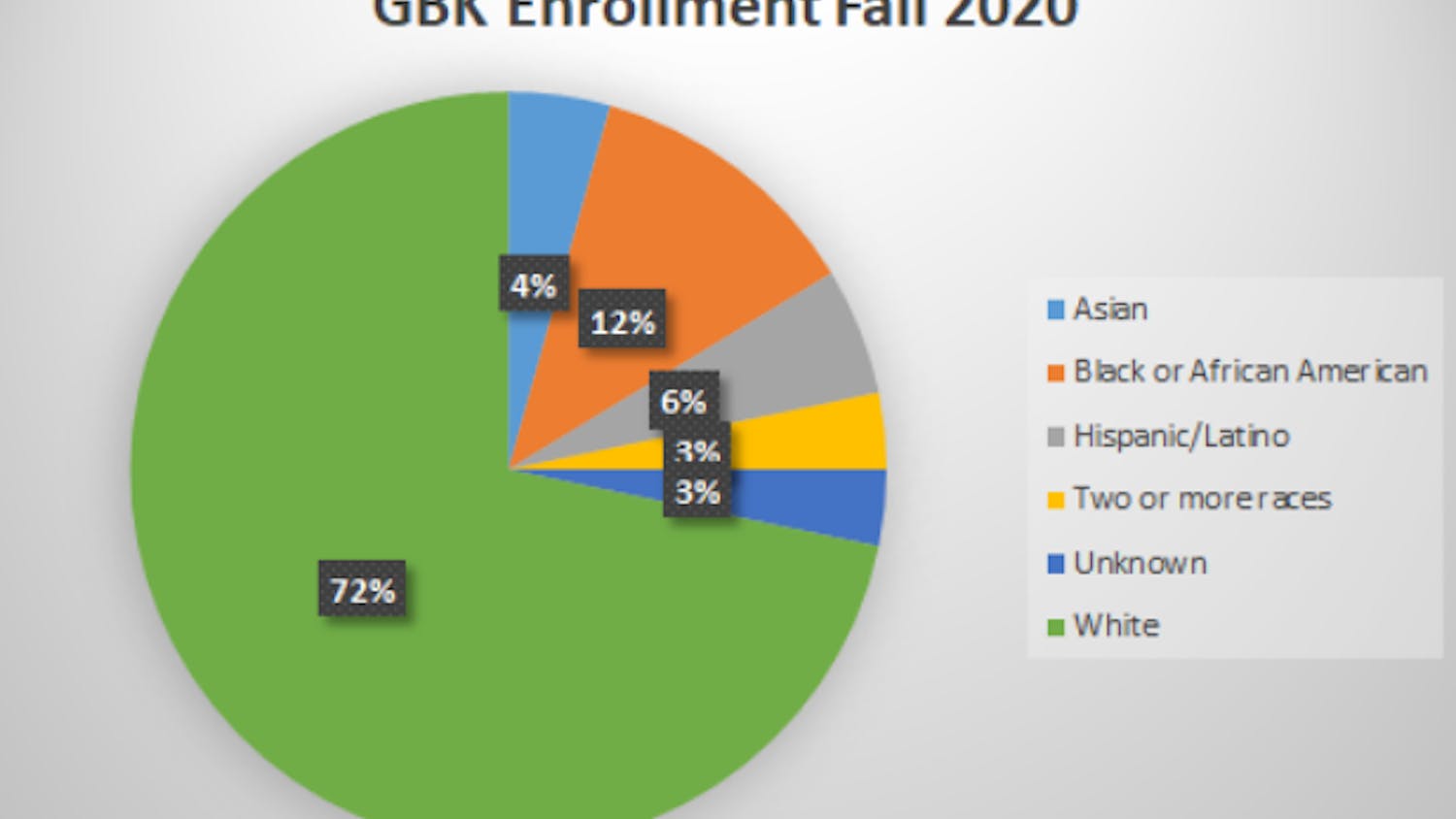In 2018, Vogue Magazine published an article that featured an interview with the chief architects of the Victoria’s Secret Fashion Show. In the article, chief marketing officer of L Brands, Ed Razek, said, “We market to who we sell to, and we don’t market to the whole world.” This comment, as well as his refusal to cast plus size and transgender models in the annual fashion show, rocked the Twitter and fashion worlds for weeks.
Recently, Victoria’s Secret has announced that they are adding two new Angels to their lineup, Barbara Palvin and Alexina Graham, who are being hailed by the internet as models of diversity because one has slightly more tummy than their average models and the other is a redhead.
Victoria’s Secret can do better.
The issue with Victoria’s Secret, as well as many other high fashion brands, is their inability to showcase bodies that truly do break the mold of what it means to be a model in high fashion. They have failed to take the risk of casting models that will actually make a difference in some young girls’ eyes and have instead chosen to do what they have always done, cast another two models who are going to raise the standard of beauty to even higher, unattainable levels.
They have learned nothing in the past year and refuse to take that disastrous experience with them into their new casting lineup. But why does it matter? It’s just one brand and one fashion show, right? Wrong.
When brands like Victoria’s Secret refuse to cast models who look like the average women they are disenfranchising an entire group of people from seeing their bodies as beautiful or desirable. This can have a profound effect on how women see themselves and their bodies.
Also, the average American women wears a size 16 or above, according to tandfonline.com. So, it is also just bad business to not cater to the consumers who make up a large portion of your market.
This lack of representation is even more distressing to trans women who almost never get to see their bodies on a high fashion platform. These are the women who are especially hurt by this brand and other brands that make the deliberate choice to exclude them.
Victoria’s Secret wants to claim that plus size and trans models do not fit the image of their brand, so what is their brand? What is the fantasy they are trying to sell?
The reality of our world is that both trans women and plus size women exist and would like to buy cute clothes that fit us and make us feel good about ourselves. We are part of this world’s reality and should be recognized as such.
Since this Vogue article, Victoria’s Secret’s sales have plummeted and L Brands, its parent company, is set to close 53 of its stores this year, according to Business Insider.
Maybe it’s because the brand refuses to change its ways and offer more size inclusive clothing like Aerie by American Eagle or SavagexFenty by Rihanna. But, it also could be due to the fact that Razek promised to cast a trans model in the next show during his apology after the Vogue article and has yet to do so, according to Business Insider.
I have very little hope for Victoria's Secret and very little hope for brands like it. Either make clothes that fit actual people and cast models who look like your consumers or don’t make clothes at all.
Opinion: How Victoria’s Secret shows why fashion needs to be more inclusive





